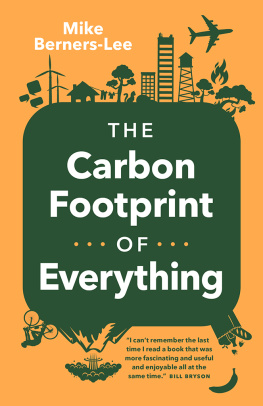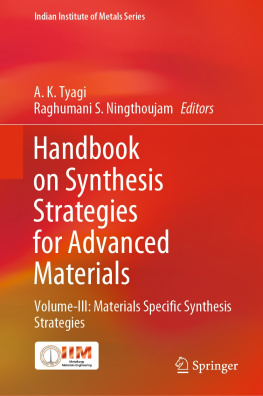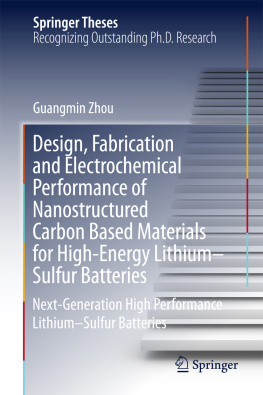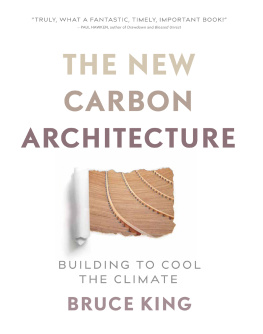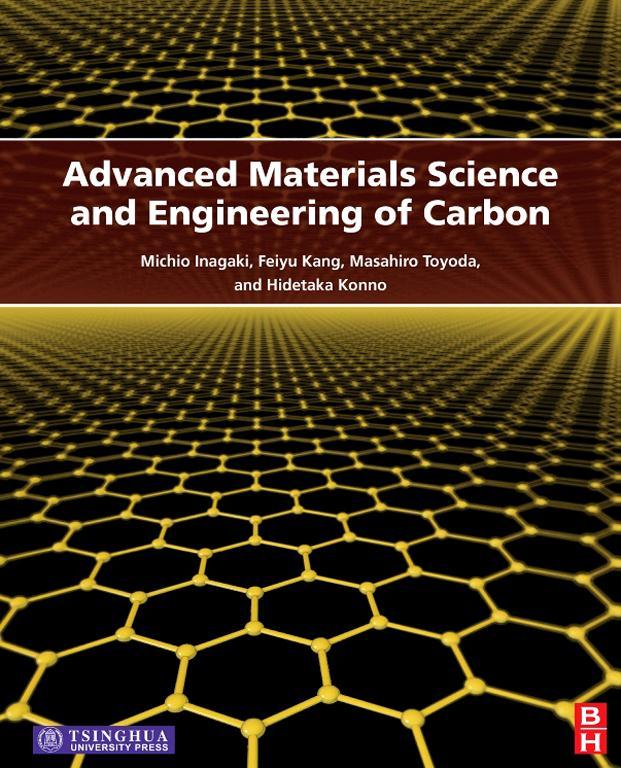Professor Emeritus of Hokkaido University, 228-7399 Nakagawa, Hosoe-cho, Kita-ku, Hamamatsu 431-1304, Japan
Dean and Professor, Graduate School at Shenzhen, Tsinghua University, University Town, Shenzhen City, Guangdong Province 518055, China
Professor Emeritus of Hokkaido University, 702, 1-1 Nishi-10, Minami-15, Chuou-ku, Sapporo 064-0915, Japan
Copyright
Butterworth-Heinemann is an imprint of Elsevier
The Boulevard, Langford Lane, Kidlington, Oxford, OX5 1GB, UK
225 Wyman Street, Waltham, MA 02451, USA
First published 2014
Copyright 2014 Tsinghua University Press Limited. Published by Elsevier Inc. All rights reserved.
No part of this publication may be reproduced or transmitted in any form or by any means, electronic or mechanical, including photocopying, recording, or any information storage and retrieval system, without permission in writing from the publisher. Details on how to seek permission, further information about the Publishers permissions policies and our arrangement with organizations such as the Copyright Clearance Center and the Copyright Licensing Agency, can be found at our website: www.elsevier.com/permissions
This book and the individual contributions contained in it are protected under copyright by the Publisher (other than as may be noted herein).
Notices
Knowledge and best practice in this field are constantly changing. As new research and experience broaden our understanding, changes in research methods, professional practices, or medical treatment may become necessary.
Practitioners and researchers must always rely on their own experience and knowledge in evaluating and using any information, methods, compounds, or experiments described herein. In using such information or methods they should be mindful of their own safety and the safety of others, including parties for whom they have a professional responsibility.
To the fullest extent of the law, neither the Publisher nor the authors, contributors, or editors, assume any liability for any injury and/or damage to persons or property as a matter of products liability, negligence or otherwise, or from any use or operation of any methods, products, instructions, or ideas contained in the material herein.
British Library Cataloguing in Publication Data
A catalogue record for this book is available from the British Library
Library of Congress Cataloguing in Publication Data
A catalog record for this book is available from the Library of Congress
ISBN: 978-0-12-407789-8
For information on all Butterworth-Heinemann publications visit our website at store.elsevier.com
Printed and bound in the United States
13 14 15 16 10 9 8 7 6 5 4 3 2 1

Preface
Carbon materials, the targeted materials of the present book, are very important in many fields of science, engineering, and technology, and so papers reporting on carbon material are published in journals in a wide range of specialties. Even focusing on a specific subjectfor example, carbon nanotubes, template carbonization, anode materials for lithium-ion batteries, and so onhuge numbers of scientific papers are published. Therefore, the search of related references published in journals without omission is an onerous and time-consuming task. Naturally, it is not easy to provide a comprehensive overview of a particular subject within the science of carbon and cover the whole range of material released. That is what makes it so challenging; and above all, comprehensive summary and review of the published results are remarkably helpful to many people and vital to further development of the field.
In the present book, the authors attempt to give summaries and reviews on selected themes concerning carbon materials, based on the material and information, as much as is obtainable to us. Principal results in advanced materials science and engineering of carbon materials are reviewed with reference to a vast number of papers published in scientific journals. The book is organized into 17 chapters, including the introduction in , carbon materials used in specific fields are reviewed: electrochemical capacitors; lithium-ion rechargeable batteries; photocatalysis; spilled-oil recovery; adsorption of hydrogen, methane, volatile organic compounds, and metal ions; highly-oriented and highly-crystalline graphite, emphasizing its high thermal conductivity; and isotropic high-density graphite, emphasizing its nuclear applications.
To understand the advanced science and engineering of carbon materials, a wide range of fundamental knowledge in the field of carbon materials is essential; that is, knowledge of aspects such as carbonization, graphitization, intercalation, and so on, in addition to basic knowledge of chemistry, physics, biology, and other subjects. For readers convenience, it is recommended to consult Carbon Materials Science and Engineering: From Fundamentals to Applications, published by Tsinghua University Press. The book will supply fundamental knowledge on carbon materials and help in the understanding of the broad range of topics in the present book.
It would give great pleasure to the authors if the content of this book can provide useful information which may be used to inspire the readers to new research directions.
Acknowledgments
The authors would like to express their sincere thanks to the people who kindly provided the data and figures for this book. They also thank all of the people who have taken care of this book in Tsinghua University Press and also in Elsevier.
Chapter 1
Introduction
Abstract
Carbon materials are classified into four carbon families and briefly summarized by emphasizing the importance of their nanotexture and microtexture for understanding their structure and properties. Nanotexture of carbon materials can be classified on the basis of preferred orientation of basic structural units (crystallite) having high anisotropy.
Keywords
Carbon materials; carbon families; structure; nanotexture; microtexture
Carbon materials have always played important roles for human beings; for example, charcoals as a heat source and adsorbent since prehistoric times, flaky natural graphite powder as pencil lead and soot in black ink in the development of communication techniques, graphite electrodes in steel production, carbon blacks for reinforcing tires in the development of motorization, graphite membrane switches making computers and control panels thinner and lighter, carbon fibers for reinforcing plastics, high-purity graphite blocks in nuclear reactors, compounds of graphite with fluorine in lithium primary batteries, graphite in lithium-ion secondary batteries. Many carbon materials have been developed and more will be developed in the future. They are widely used from the home to the industrial setting.


